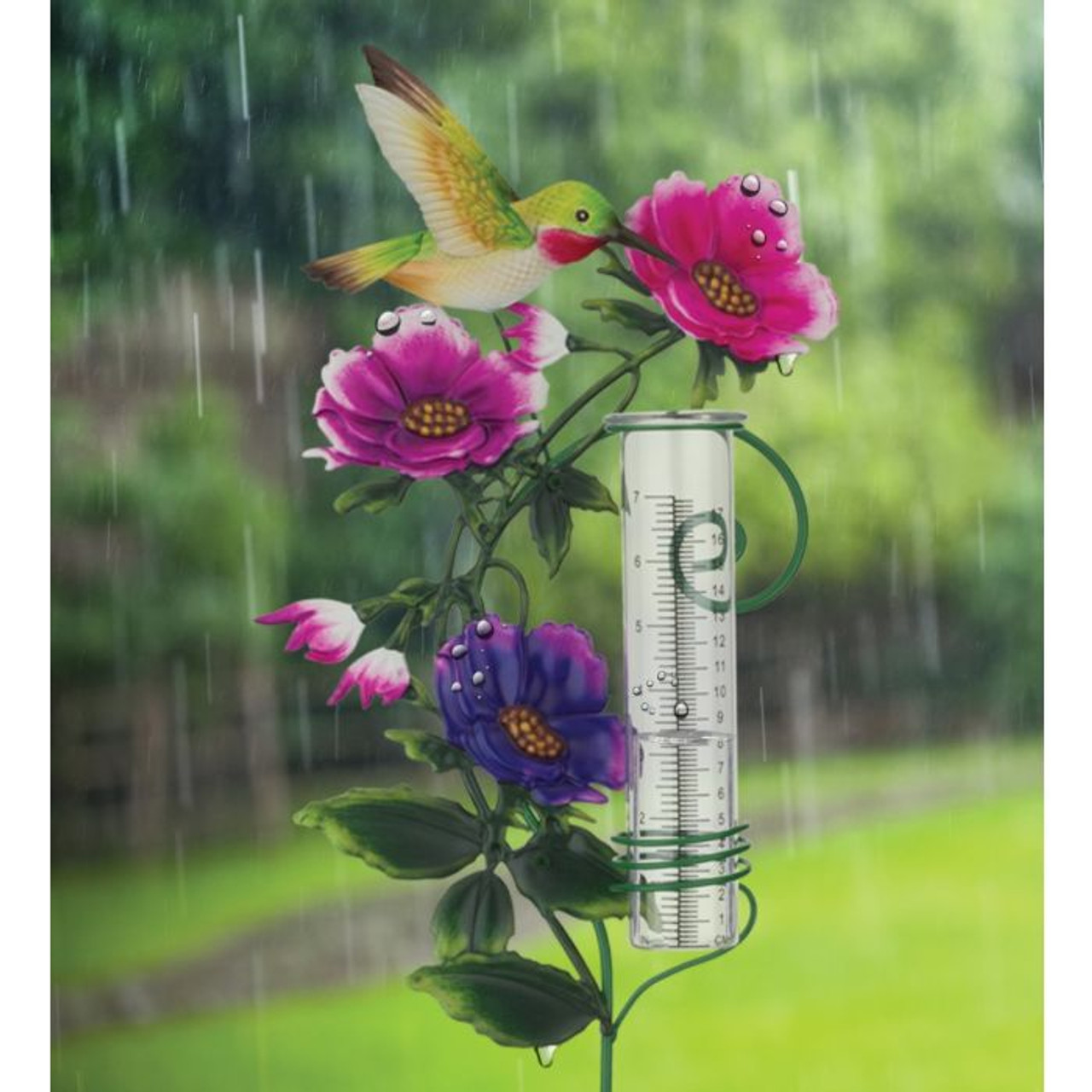The Rain Gauge: Enhancing Agricultural and Environmental Monitoring Efforts
The Rain Gauge: Enhancing Agricultural and Environmental Monitoring Efforts
Blog Article
Do It Yourself Rain Scale: Straightforward Actions to Make Your Own
Creating your own DIY rain gauge is a straightforward and efficient method to tape-record and determine precipitation. With simply a few common materials and some basic steps, you can conveniently build your very own rainfall scale at home. Allow's get begun on making your DIY rain gauge today!
Gather Materials
To start creating your do it yourself rain gauge, gather all the required materials using a comprehensive listing of items. Having the right products on hand will guarantee the effective development of your rainfall scale and enable accurate dimensions of rains. You will certainly require a clear plastic container or cylinder, such as a plastic container or container. Make certain the container is clear to ensure that you can conveniently see the water degree inside. Next, you will call for a leader or determining tape to mark the increments on the container. This will allow you to determine the amount of rains precisely. Furthermore, you will require a long-term marker or waterproof tape to note the measurements on the container. When revealed to rain, this will certainly make sure that the markings stay noticeable even. Finally, you will certainly need a tough base or risk to securely hold your rainfall gauge in position. This can be a wooden or metal stake that can be inserted right into the ground or a durable level surface to provide security. Gathering these products beforehand will certainly enhance the construction procedure and guarantee that you have everything you need to develop your own do it yourself rain scale.
Prepare the Container

Mark the Dimension Increments
To properly determine the amount of rainfall, properly marking the measurement increments on your DIY rain scale is necessary. Without clear and precise markings, it would certainly be challenging to figure out the exact quantity of rains gathered in your rainfall scale. Below are the steps content to mark the measurement increments on your rain scale.
The most usual systems for determining rains are millimeters and inches. When you have actually selected the system, utilize an irreversible pen or waterproof paint to note the increments on the side of your rain gauge.
When marking the increments, it is important to make certain that they are uniformly spaced and plainly noticeable. Make use of a leader or determining tape to guarantee precision and uniformity. Additionally, make certain that the markings are immune to fading or rubbing off, as direct exposure to the aspects may create them to weaken in time.
Location the Rainfall Gauge Outdoors
The rainfall gauge should be positioned outdoors to properly gather rainfall information. The location selected for the rainfall gauge must be open and free from any blockages that might possibly affect the measurement of rains. It is necessary to discover an area that is not obstructed by trees, buildings, or various other structures that might block the rainfall from getting to the gauge. This will certainly guarantee that the gathered information is representative of the actual rainfall in the location.
Additionally, it is vital to place the rainfall gauge on a stable surface, such as a degree ground or a strong message. This will protect against any kind of movement or tilting of the gauge, which can result in incorrect dimensions. It is additionally advisable to avoid putting the scale near any type of sources of man-made water, such as lawn sprinklers or water drainage systems, as this can interfere with the accuracy of the measurements.
Monitor and Record Rain Information
Normal tracking and recording of rainfall information is important for accurate data evaluation and analysis. By keeping track of rains dimensions, you can obtain useful insights into climate patterns, environment trends, and water resource administration. To effectively keep an eye on and videotape rainfall data, it is necessary to develop a routine and preserve consistent practices.
Firstly, ensure that your rain scale is positioned in an open location away from barriers such as trees or structures that might block rains. In addition, make certain the rainfall gauge is level and firmly secured Check Out Your URL to stop any type of motion that might impact the precision of the measurements.

When taping the rainfall data, it is essential to keep in mind the day and time of each measurement. Utilize a leader or a determining adhere to figure out the rainfall depth in the rainfall gauge, and record this info properly.
To ensure the precision of the measurements, it is recommended to empty the rainfall scale after each recording. This will certainly prevent any overflow or evaporation from affecting succeeding measurements.
Conclusion
In verdict, creating a DIY rain scale is a sensible and straightforward method to monitor and tape-record rainfall data (The Rain Gauge). By complying with the steps detailed in this post, you can easily collect products, prepare the container, note the measurement increments, and place the rain gauge outdoors. Routinely monitoring and taping rainfall information can offer beneficial details for different functions
Having the best products on hand will certainly make certain the effective production of your rainfall gauge and allow for accurate measurements of rainfall.To accurately gauge the quantity of rains, properly noting the measurement increments on your Do it yourself rain gauge is important.The rainfall scale should be put outdoors to properly collect rains data. The area selected for the rainfall scale should be open and totally free find from any type of blockages that can possibly affect the measurement of rainfall.In conclusion, producing a DIY rain gauge is a functional and simple way to keep an eye on and tape rains information.
Report this page